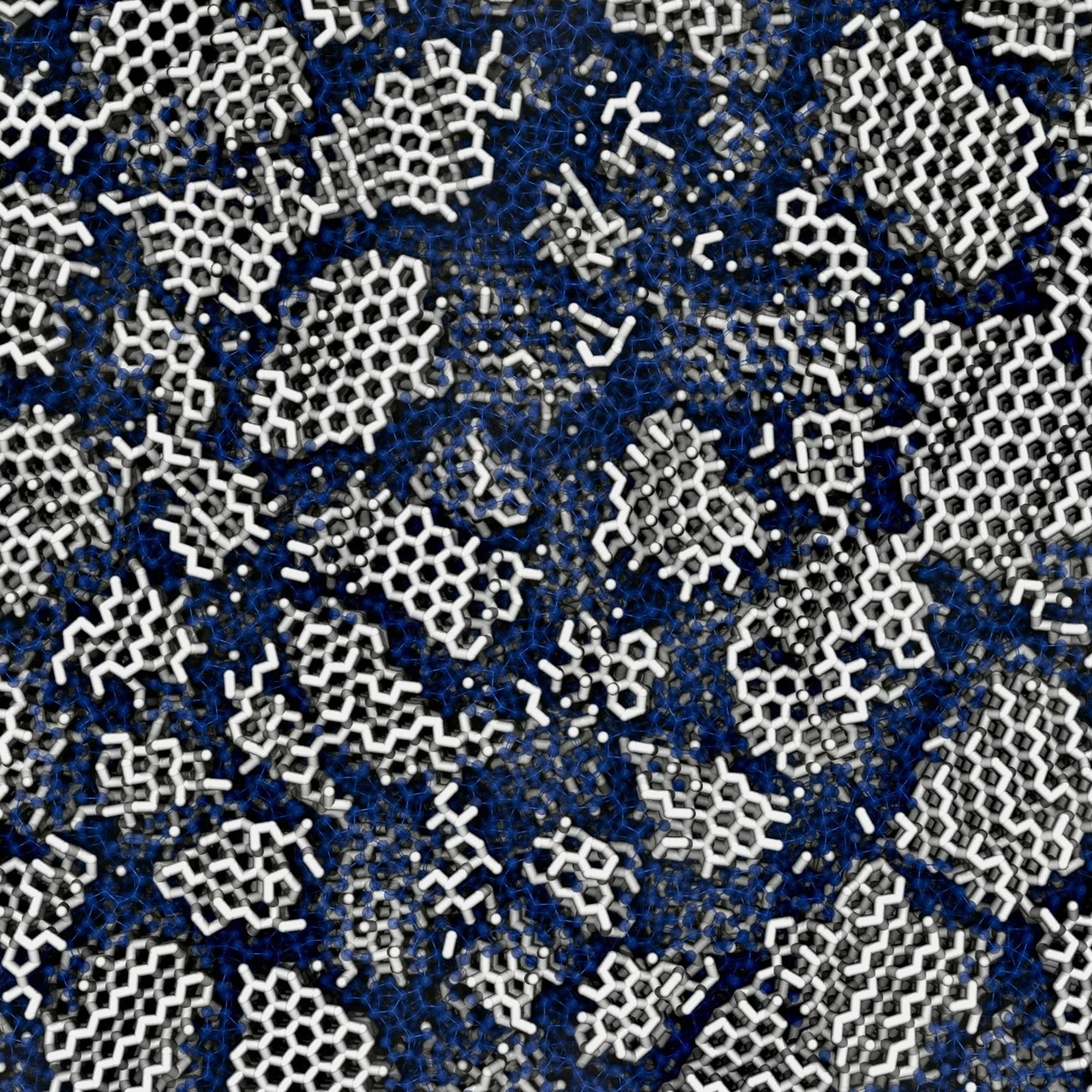Researchers suggest that light from the sun filtering through the clouds of Venus may be able to sustain photosynthesis.
Perhaps even more interesting is that this could mean that the chemical circumstances in the Venusian atmosphere have the potential to uphold microbial life.
Venus as seen by the Mariner 10 spacecraft - Image Credit: NASA/JPL-Caltech
At first glance, Venus seems to be a very unwelcoming place. Surface temperatures can easily reach 475 degrees Celcius (900°F), hot enough to melt certain metals such as lead. Finding life there is almost impossible (at least life as we know it).
However, higher up in the sky, temperatures are more favorable. Venus's atmosphere extends to approximately 100 kilometers (60 miles) above the surface. At the height of about 50 kilometers (31 miles), temperatures range between a much more favorable 30 to 70 degrees Celcius (or about 86°F to 158°F). This is one of the reasons why some scientists do not rule out the possibility of life within the cloud cover of Venus.
A recent study published in the scientific journal Astrobiology cautiously supports the above-mentioned possibility. Researchers have found clues that sufficient sunlight is available in the atmosphere of Venus to facilitate photosynthesis.
In the paper, lead author biochemistry professor Rakesh Mogul and his research team assert that it may be possible for permanent photosynthesis to transpire within the lower and middle Venusian clouds.
Phototrophs in the clouds of Venus
Speculated organisms that carry out photon capture to create complex organic compounds and obtain energy (also known as phototrophs) would have access to solar energy at daytime, similar to what transpires on Earth.
A particularly intriguing discovery made by the team is that photosynthesis on Venus could also proceed throughout the night with help from heat and infrared energy received from the Venusian surface and residual heat in the atmosphere.
Both the thermal and solar radiation in the atmosphere of Venus contain wavelengths of light that could be absorbed by the photosynthetic pigments found on Earth. Thus, in these surroundings, light energy would be available from both below and above the clouds, providing hypothetical photosynthetic microorganisms plentiful opportunities to diversify throughout the atmospheric layers.
For comparison, Mogul and his colleagues looked at microbial life on Earth that survives in low light conditions, such as near geothermal vents over two kilometers under the surface of the ocean. It turns out that photon fluxes from the Venusian surface and atmosphere surpass those measured in low-light environments on Earth.
Furthermore, the researchers discovered that after passing through Venus's atmosphere, scattering and absorption cleanse the sunlight of much ultraviolet radiation (which is damaging to life), giving hypothetical life forms a benefit similar to what we receive from the ozone layer on Earth. According to co-author Yeon Joo Lee, radiative transfer models show that the lower and middle cloud layers on Venus are practically depleted of damaging UV-C and UV-B radiation.
Artist impression of the Venusian atmosphere - Image Credit: Jurik Peter via Shutterstock / HDR tune by Unviersal-Sci
Light alone isn't enough for life in Venus' atmosphere
But of course, light alone isn't enough for microbes to survive. Life on Earth commonly needs water as well. Unfortunately, a recent study determined that there exists very little water in the clouds of Venus and far too little for the origin and maintenance of life as we know it. However, Mogul and his team took another look at that as well.
They found a glimmer of hope in their analysis as it hints at a slightly different chemical composition of the aerosols that make up the cloud cover, which creates more room for the existence of water.
Venus' clouds could be partly comprised of neutralized forms of sulfuric acid, like ammonium bisulfate. These chemical circumstances would present dramatically higher water activities than previously estimated as well as far lower acidities compared to contemporary models for Venus.
According to Mogul, the research offers concrete support for the potential chemotropism and or phototrophy by microorganisms in the atmosphere of Venus.
Acidity and water activity levels on Venus could fall within an acceptable range for microbial life as we find it on Earth, while the constant supply of light with very little ultraviolet radiation infers that the middle and lower atmosphere of Venus is suitable to support life.
The science team is of the opinion that the Venusian atmosphere would merit a life-detection mission akin to those already scheduled for Jupiter's moon Europa and Mars. Let's hope it gets one!
Sources and further reading:
Potential for Phototrophy in Venus' Clouds (Astrobiology)
Solar System Exploration - Venus (NASA Science)
Phototrophs (Wikipedia)
If you enjoy our selection of content, consider subscribing to our newsletter - (Universal-Sci Weekly)
FEATURED ARTICLES:











